

Our stay in Debrecen
After we spend a night with a lot of rain in Tokaj, we were happy with an apartment the next day. It was the secretary of the Hungarian Puli-Pumi-Mudi Club that arranged this.
It was also him who did all the paperwork for the CAC-CACIB show in Debrecen. That show was the day after we arrived. Fortunately it were two sunny days, because it was an open-air show. Only the ring of honour was inside a sporthall.
The first day there were only three white Pulis (white and 'other than white' are also separated in Hungary; there were 40 other than whites). These three were Toby and Terry and a puppy. So from the start it was clear that either Toby or Terry would become BOB (Best of breed). The honour was for Toby and so he was allowed into the ring of honour. That was twice as a matter of fact, first with the Hungarian breeds (the right picture below: thirth from left, next to a black Puli), and a second time with the pastoral group.
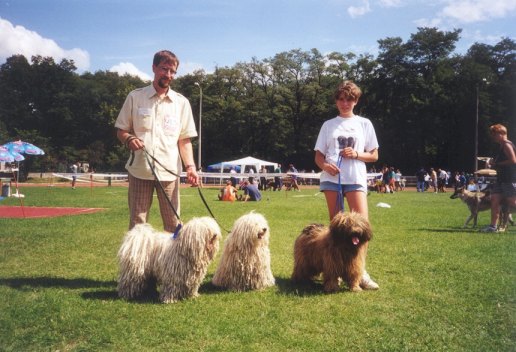
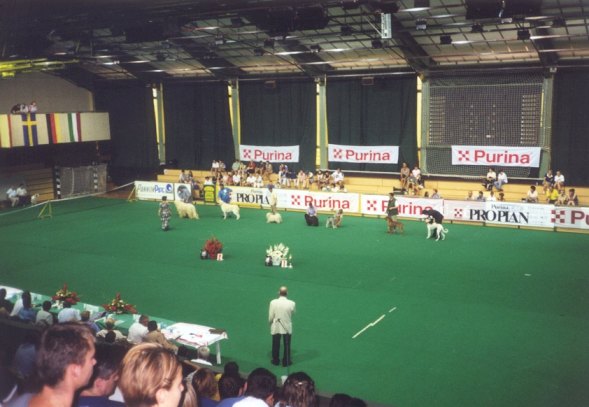
On Sunday there was another show. That day there were more white Pulis, Toby and Terry did not make it into the ring of honour. That honour was for a very good looking Puli. He came to the show in a cage and stayed in that right until he entered the ring. When the judging was done he went to his cage again. It was a nice Puli, with a very good coat, that's for sure, but it is very sad that he was not allowed to be free for just a while.
Because white Pulis are rare, even in Hungary, a local newspaper used a picture of Toby and Terry to illustrate their report of the show.
The Monday after the show we went to visit the town of Debrecen. We noticed that a lot of people were pointing at us (which is always the case, but now it was worse). Some people even tried to talk to us. We didn't understand what was going on, they used the word 'Napló' all the time. Fortunately we met Sofie (the girl on the picture left above) and her mother. They speak English and told us that 'Napló' was the name of a newspaper.
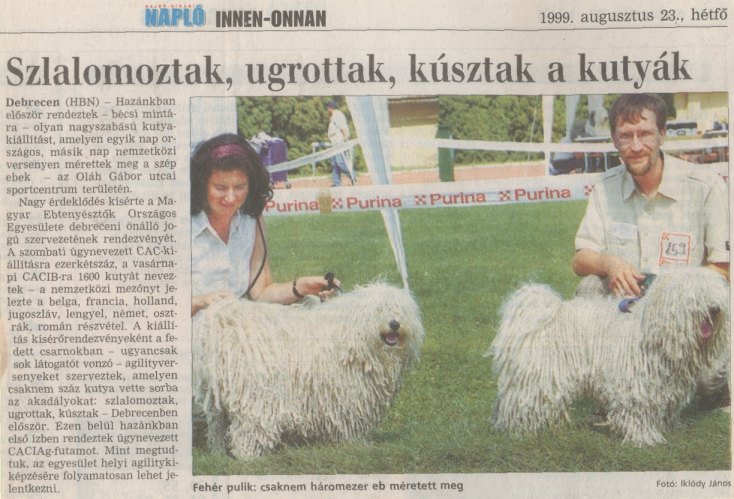
As we told, we went for a walk in Debrecen. We visited some buildings and churches. Especially the Big Calvinistic Church was noticable. The interior is very sober and white, without images or statues. In the left tower one can see the biggest clock of Hungary, the Rákóczi-clock, the weight is 10.000 kg and it was made of melten canons from the Thirty-year War.
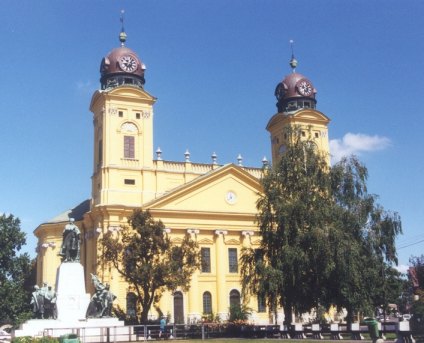
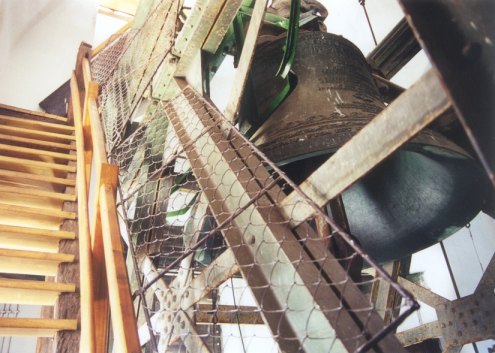
We also saw the Small Calvinistic Church, of which the tower is crowned with tin, the Szent-Anna church in baroque style, the Csokonai-theather in Roman-Moorish style, the Council House in typical Zopf-style, the Greek-Catholic Church and some other nice buildings. We were lucky that some of them were just repainted.
The next day we went to Tokaj once more. We were there before, but that day everything was closed and it rained cats and dogs.
From a distance one can see the hill on which the famous vineyards of Tokaj are situated. This is the place the worldfamous king of wines, Tokaj Aszú comes from.
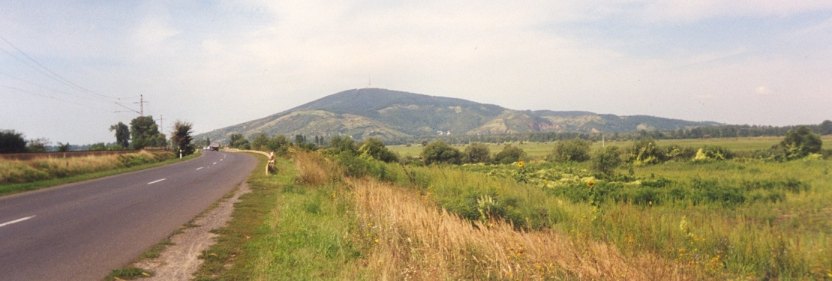
After a little searching we found the famous Rákóczi-cellar. The 2 km long tunnels contain about 2 million liter wine. We wondered if we could visit the tunnels, and yes, even Toby and Terry were allowed!
We also enjoyed a delicious meal in a suitable environment. Cheers...
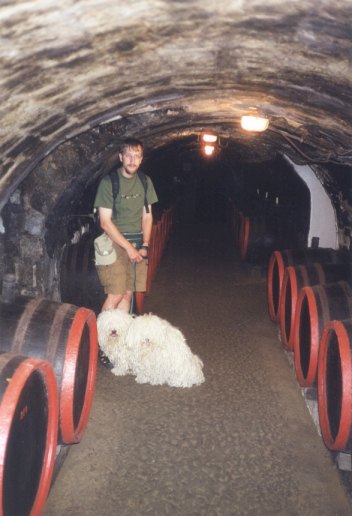
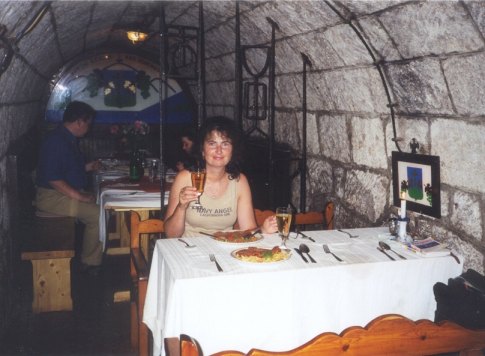
While you're in Debrecen it is a must to visit the nearby Hortóbagy National Park. This is the biggest remaining steppe in Hungary, the so called Puszta.
When you're driving through Hortóbagy, the road goes over the very famous Nine-arch Bridge. This measures 92 meter and is the nicest stone bridge in Hungary. It spans the main canal at Hortóbagy. It's the most famous and most pictured construction of the country.
Right next to the bridge there's the Big Hortóbagy Csárda (eating-place). This was build in 1699 and restaured in 1960. It was a meeting point for the shepherds of the Puszta.
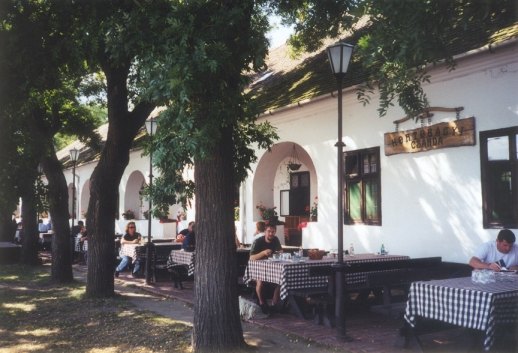
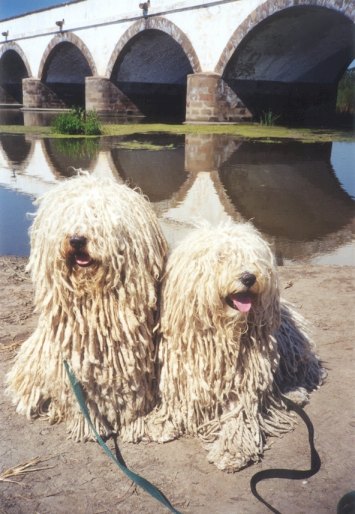
As everybody should do, we visited the zoo of the Hortóbagyi Nemzeti Park. We saw some animals that only live on the Hungarian Puszta. Racka sheeps are such animals. These sheeps have a typical corded coat. Yes indeed, their wool forms cords just like Pulis. In the Pastoral museum at the Nine-arch Bridge we saw a shepherd with a mantle made out of such a coat. On the picture below you can see a little stuffed black Puli next to the shepherd.
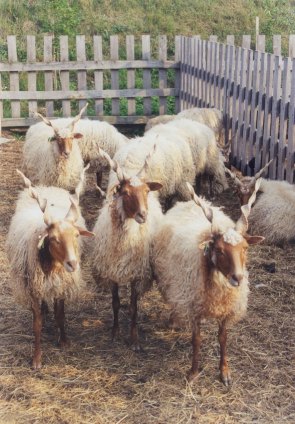
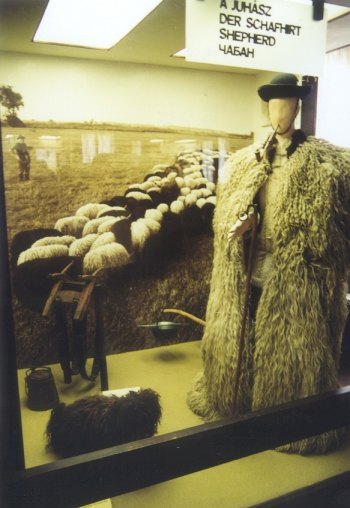
Appart from the Racka sheeps we also saw a huge grey bull, chickens without feathers on the neck, pigs with curly hair, and some other strange animals.
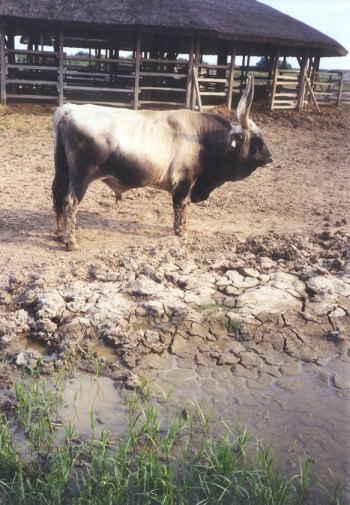
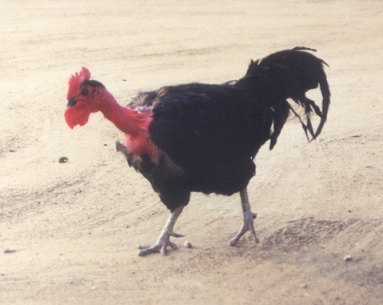
A trip through the Puszta in a covered wagon may be a very touristic thing to do, but it's worth it. We could see the skilful horsemen. One of the things they do is standing upright on a horse while galloping.
After the show, the tourists may take a close look at the horses. When we were there with Toby and Terry, the horsemen came to us, instead of we to them. They wanted to trade the dogs for a horse!
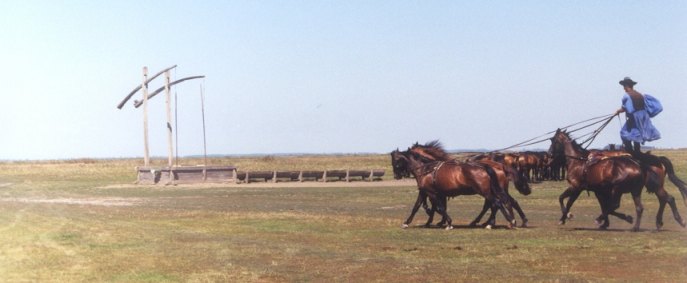
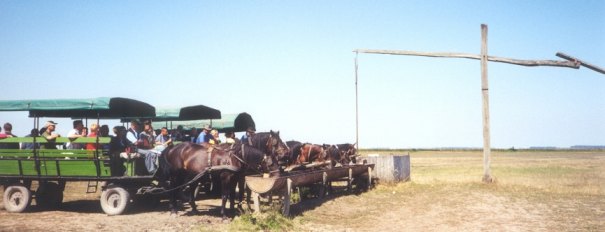
Sometimes we tried to find our way through the Puszta ourselves. This was not completely without danger. On the picture below Toby and Terry are posing in a field of flowers. What you can't see are the mosquitos! Stefan knows all about it, his legs were full of mosquito-bites. Fortunately the dogs were not the target.

These wells are very typical for the Puszta. You can see them from far away. We absolutely needed to take a picture of Toby and Terry next to one of these wells.
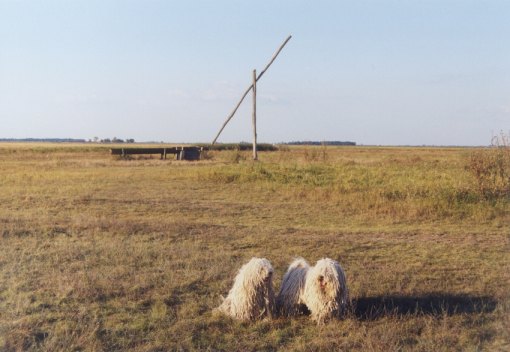
We spend a lot more time in Debrecen than we thought we would spend. That is why there wasn't a lot of time left to see something from the south of the country. But we could still visit Pécs, the biggest city in the south. Read everything about our return-journey on this page.